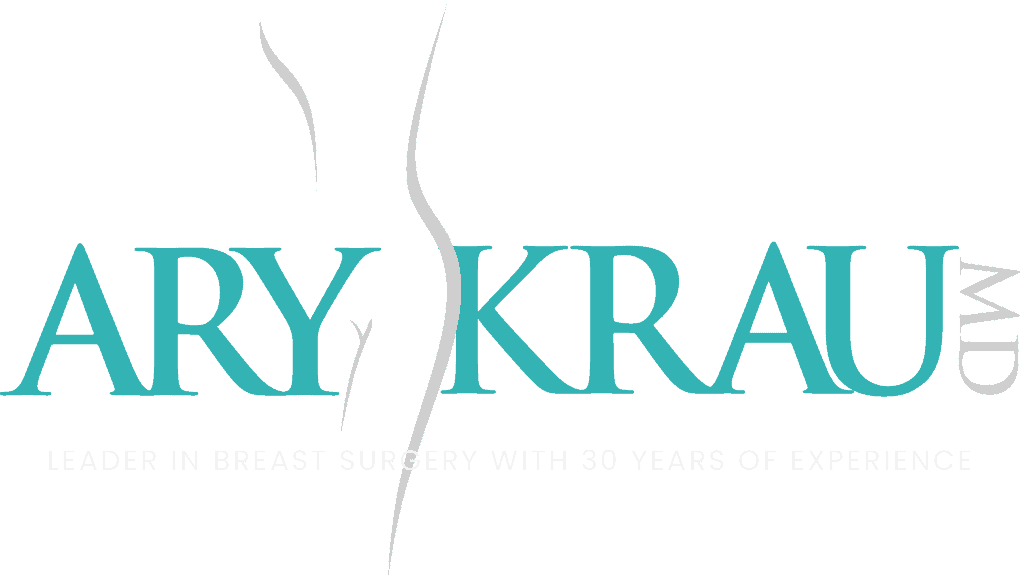Everybody loves a bargain. Even among the most affluent, there’s a thrill in getting a great product for less than what others are paying. When it comes to goods like clothing, jewelry, electronics – even cars and homes, shopping around for the lowest price can be a sound approach to keeping as much of your heard-earned money as possible in your pocket. What’s the worst that can go wrong? An item malfunctions and you return it, or maybe the return time has expired and you chalk it up to a lesson learned.
But when it comes to medical care, shopping around for the lowest price is probably the worst approach you can take. Higher medical costs almost always come with a sound reason – or lots of sound reasons: A surgeon with greater skills and experience; newer, safer, more effective surgical techniques and technology; more modern, cleaner and safer treatment environments; superior follow-up care; better results and outcomes. And there are probably others as well.
Yet still, each year, thousands of men and women travel the globe looking for low-cost cosmetic procedures that can save them some money. There’s no doubt that there are plenty of skilled surgeons and top-rate medical facilities around the globe; we believe our facility is one of those. But unless you’re prepared to do your homework – and lots of it – traveling abroad for surgery can carry some significant risks:
- When surgery is combined with other “tourist-y” activities – even something as seemingly mild and low-key as sightseeing – your healing can be seriously compromised, and that means you’re at greater risk of developing an infection or scarring that can mar your results. Any type of exercise – even walking around or engaging in relaxing activities like sunbathing – can increase your risk of infection and make it much more difficult to heal. Drinking alcohol can also have an impact on healing, especially if you’re taking pain medication following your procedure.
- Both air travel and surgery have been shown to increase a person’s risk for developing potentially fatal clots; combine surgery with a long flight and your risk increases significantly. The American Society of Plastic Surgeons (ASPS) recommends waiting from five to 10 days following your procedure to reduce the risk of clot formation as well as to reduce or eliminate the risk of swelling and infection.
- The products and devices used during surgery overseas may not meet U.S. guidelines for safety. The guidelines in the U.S. are stringent, and there’s a reason: In the U.S., safety is of primary importance. Other countries may have guidelines based on poor or inaccurate safety data or may have considerably lower safety standards, and that can mean higher risk for you.
- Follow-up care is often limited during cosmetic surgery vacations, and when problems arise once you’re home, it can be difficult – if not impossible – to receive any sort of satisfactory resolution. Restorative procedures in the U.S. can be more complicated and produce less satisfactory results when an overseas surgeon uses products or techniques in the initial procedure that are not safe or effective.
- Accreditation and other qualifying standards are often different in other countries, and that can make it very difficult to assess the skills and training of a physician or the safety and modernity of a facility. Many facilities may be privately owned or operated, which can make it very difficult to verify the credentials of individual physicians and other healthcare providers.
Nearly every patient has to consider the financial ramifications of cosmetic surgery when planning their procedures. At our Miami plastic surgery center, we understand that, and we can work with you so you can have all the benefits of surgery here in the U.S. without sacrificing your health and safety.







